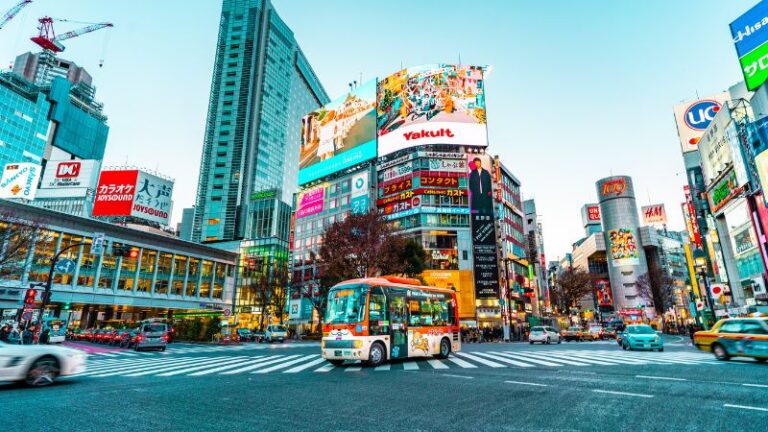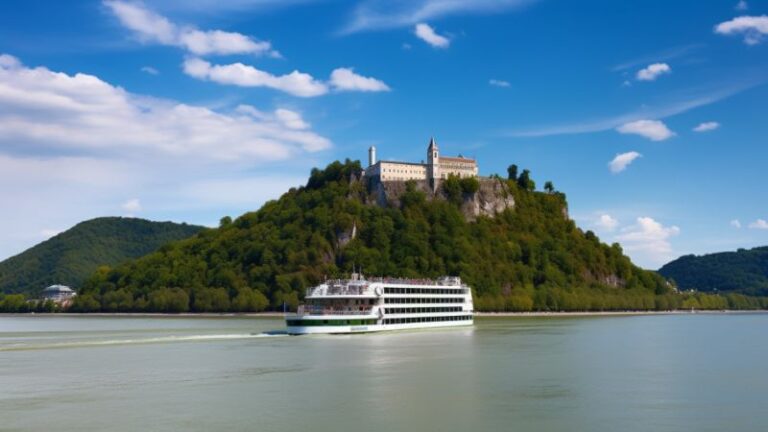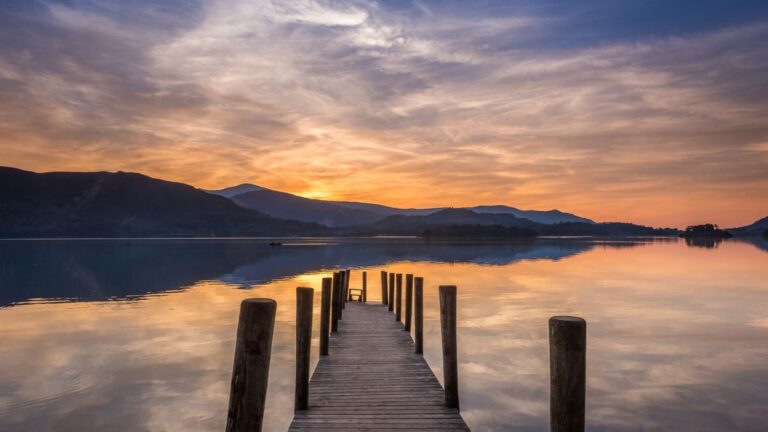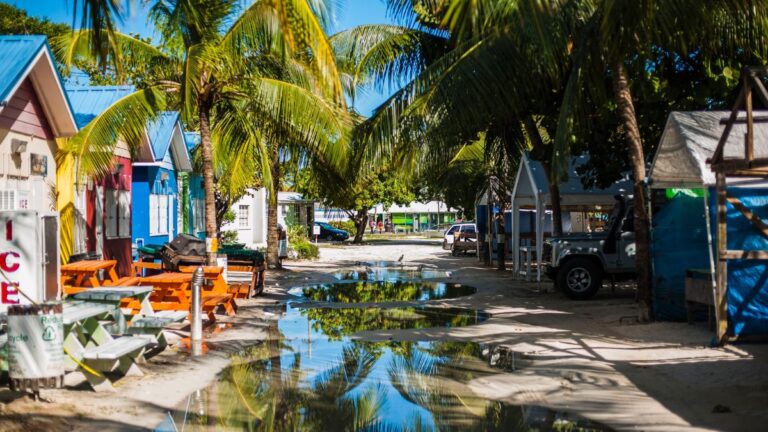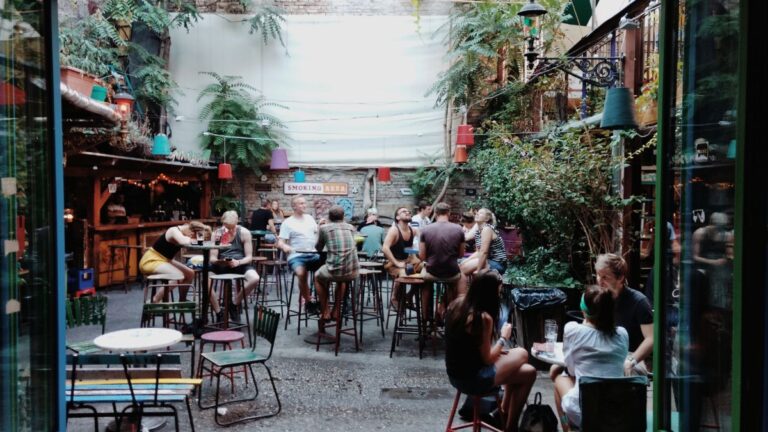Tokyo Travel Guide: Embracing Tradition and Innovation in Japan’s Capital
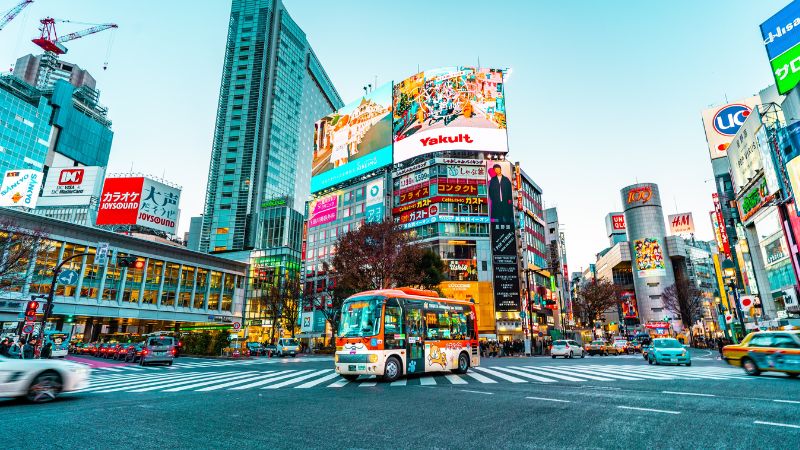
As participants in Amazon Associates and other programs, we earn from qualifying purchases. This comes at no additional cost to you. For more details, see our Affiliate Disclosure.
Exploring Historic Asakusa: Temples and Traditions
Asakusa is one of Tokyo’s most historic districts, home to the famous Senso-ji Temple, Tokyo’s oldest and most significant Buddhist temple. The approach to the temple, known as Nakamise Street, is lined with stalls offering traditional snacks and souvenirs, providing a vibrant atmosphere that captures the essence of old Tokyo. Visitors are often captivated by the grand Kaminarimon Gate, which leads to a five-story pagoda and the main hall, drawing both pilgrims and photographers alike.
Beyond the temple grounds, Asakusa offers a glimpse into Tokyo’s past through its preserved architecture and the annual Sanja Matsuri, one of Tokyo’s largest and most lively festivals. This area allows visitors to experience a quieter, more contemplative side of Tokyo, away from the hustle and bustle of the city’s modern districts. Traditional rickshaw rides through the district add to the nostalgic charm, offering a unique perspective on this historic enclave.
Akihabara: The Electric Town
Akihabara, affectionately known as “Electric Town,” is Tokyo’s hub for all things electronics, anime, and manga. This district features countless shops selling the latest gadgets, video games, and computer goods, making it a paradise for tech enthusiasts. The streets are a colorful display of neon signs and anime posters, creating a lively atmosphere that epitomizes Tokyo’s modern pop culture.
For anime and manga fans, Akihabara offers a wealth of specialty stores and cafes, including maid cafes where waitresses dressed in maid costumes serve food and perform songs. The area also hosts numerous events and exhibitions related to anime and gaming, reinforcing its reputation as the center of Japanese otaku culture. For anyone looking to dive deep into contemporary Japanese subcultures, Akihabara is a must-visit destination.
Harajuku: Fashion’s Cutting Edge
Harajuku is Tokyo’s fashion capital, known worldwide for its youthful styles and the fashion subcultures that thrive in its streets, particularly along Takeshita Street. This narrow alley is packed with boutiques, vintage clothing shops, and cafes, all catering to the eclectic tastes of Tokyo’s trendsetting youth. Harajuku has become synonymous with vibrant, often outrageous fashion, drawing designers and fashionistas from around the world seeking inspiration.
The broader Harajuku area, including Omotesando, features a more upscale shopping experience with designer boutiques and sophisticated architecture. The contrast between Harajuku’s whimsical street fashion and Omotesando’s high-end brands highlights Tokyo’s diverse fashion scene. Sundays are particularly interesting when many young people dress in their most elaborate outfits, turning the streets into a dynamic runway of contemporary Japanese style.
Shibuya Crossing: The Pulse of Modern Tokyo
Shibuya Crossing is perhaps the world’s most famous pedestrian scramble, a symbol of Tokyo as a bustling metropolis. Known for the massive crowds that cross from all directions, it’s a spectacle of urban life and a popular spot for photos capturing the energy of the city. The surrounding area is a shopping and entertainment hub, pulsating with the energy of thousands of people and illuminated by large video screens and neon lights.
Overlooking the crossing is the Shibuya 109 building, a landmark in its own right and a center for youth fashion and culture. Nearby, the statue of Hachiko, the loyal dog, offers a sentimental contrast to the area’s frenetic activity. Shibuya is a place where one can truly feel the heartbeat of modern Tokyo, making it a must-visit for anyone looking to experience the city’s dynamic atmosphere.
Imperial Palace: A Royal Encounter
The Imperial Palace, the residence of Japan’s Imperial Family, is set in the center of Tokyo, surrounded by moats and lush gardens. While the palace itself is not open to the public except on January 2nd (New Year’s Greeting) and December 23rd (Emperor’s Birthday), visitors can tour the beautiful East Gardens. The gardens are a part of the inner palace area and offer a peaceful retreat with scenic views, historic structures, and well-manicured landscapes.
The palace’s location on the site of the former Edo Castle, which was the seat of power for the Tokugawa shogunate, adds historical depth to the visit. The contrast between the ancient moats and walls and the surrounding modern cityscape symbolizes Tokyo’s continuous blend of history and modernity. Tours of the gardens and the outer palace grounds provide a unique insight into Japan’s royal traditions and architectural beauty.
Tsukiji Market: A Taste of Tokyo
Tsukiji Market, previously famous for its inner wholesale fish market, continues to be a vibrant place for visitors even after the wholesale section moved to Toyosu Market. The outer market remains in Tsukiji, offering a plethora of food stands, sushi bars, and shops selling kitchen tools and fresh produce. This part of the market specializes in all aspects of the Japanese culinary experience, from fresh seafood to handmade knives.
Strolling through Tsukiji’s outer market offers a sensory overload with the sights, sounds, and smells of fresh food being prepared and sold. Visitors can enjoy sushi made from the freshest fish, sample traditional Japanese foods, and witness the bustling activity of one of Tokyo’s most dynamic culinary hubs. The market is a must-visit for food lovers looking to explore the authentic flavors of Tokyo.
Roppongi: Art and Nightlife
Roppongi is known both for its vibrant nightlife and its cultural contributions, including prominent art museums like the Mori Art Museum and the National Art Center. The area has undergone significant transformation and now represents a blend of entertainment, commercial, and residential uses. By night, Roppongi comes alive with its numerous bars, clubs, and restaurants that attract both locals and tourists looking to experience Tokyo’s nightlife.
During the day, the focus shifts to art and culture, with the Roppongi Hills complex offering shops, restaurants, movie theaters, and an observatory with views of Tokyo. The district’s commitment to contemporary art is evident in its annual art night, an event that transforms the neighborhood into an all-night art festival. Roppongi’s dual personality makes it a unique destination for those interested in both the high-brow and the high-spirited aspects of Tokyo life.
Sumo and Baseball: Tokyo’s Sporting Culture
Tokyo is the heart of Japan’s sporting culture, with sumo wrestling and baseball standing out as two of the nation’s most beloved sports. The Ryogoku Kokugikan in Tokyo is the principal sumo arena where major tournaments are held, drawing vast crowds. Watching a sumo match offers an intimate glimpse into this ancient sport, steeped in ritual and tradition.
Baseball is equally significant in Tokyo, with the city boasting multiple professional teams, including the famous Yomiuri Giants who play at the Tokyo Dome. Attending a baseball game in Tokyo provides insights into the local fans’ passion and enthusiasm, which rival any major sporting event worldwide. Whether it’s the strategic and ceremonial nature of sumo or the energetic and communal experience of baseball, Tokyo offers sports fans unique and memorable experiences.
Odaiba: Futuristic Fun on the Waterfront
Odaiba is a high-tech entertainment hub on a man-made island in Tokyo Bay, known for its futuristic architecture and family-friendly attractions. The area features a range of shopping and entertainment complexes, including Palette Town, Venus Fort, and DiverCity Tokyo Plaza, home to the life-sized Unicorn Gundam statue. The island’s modernist landscape, extensive malls, and leisure facilities make it a popular destination for both families and tech enthusiasts.
The Odaiba waterfront provides stunning views of the Rainbow Bridge and the Tokyo skyline, especially beautiful at night when illuminated. The area’s attractions, such as teamLab Borderless digital art museum and the Toyota Mega Web car theme park, offer interactive and innovative experiences that can’t be found anywhere else in Tokyo. Odaiba combines leisure, technology, and stunning views, making it a must-visit for anyone interested in seeing the more modern, playful side of Tokyo.
Japanese Gardens: Oases of Tranquility
Tokyo’s Japanese gardens are serene sanctuaries that offer a peaceful escape from the city’s fast-paced environment. These gardens are meticulously designed to reflect traditional Japanese landscape techniques, promoting harmony and tranquility. One of the finest examples is the Shinjuku Gyoen National Garden, which combines three distinct styles: Japanese traditional, French formal, and English landscape. The garden’s expansive grounds are particularly breathtaking during cherry blossom season when they become one of Tokyo’s most popular viewing spots.
Another notable garden is the Rikugien Garden, often considered one of Tokyo’s most beautiful landscape gardens. It features a central pond, islands, and a network of trails designed to offer picturesque views at every turn. Visiting these gardens allows for a moment of peace and reflection, as well as a chance to admire the changing seasons, which play a central role in Japanese culture.

